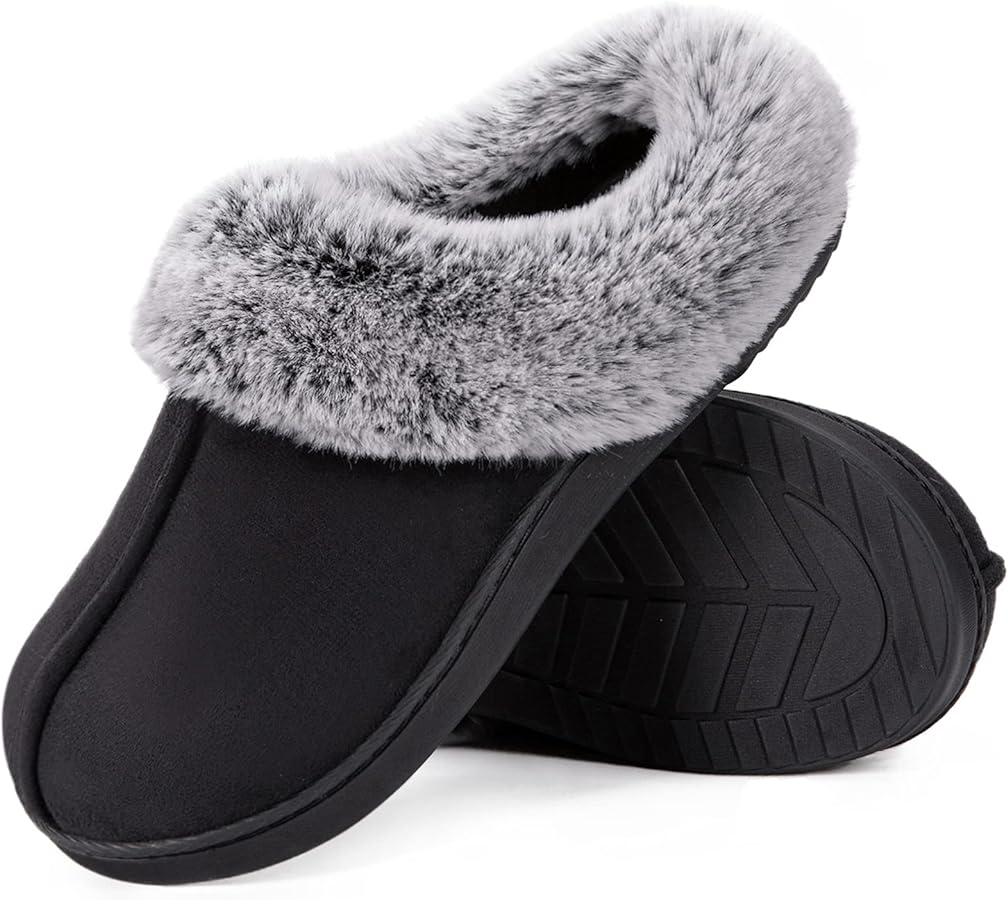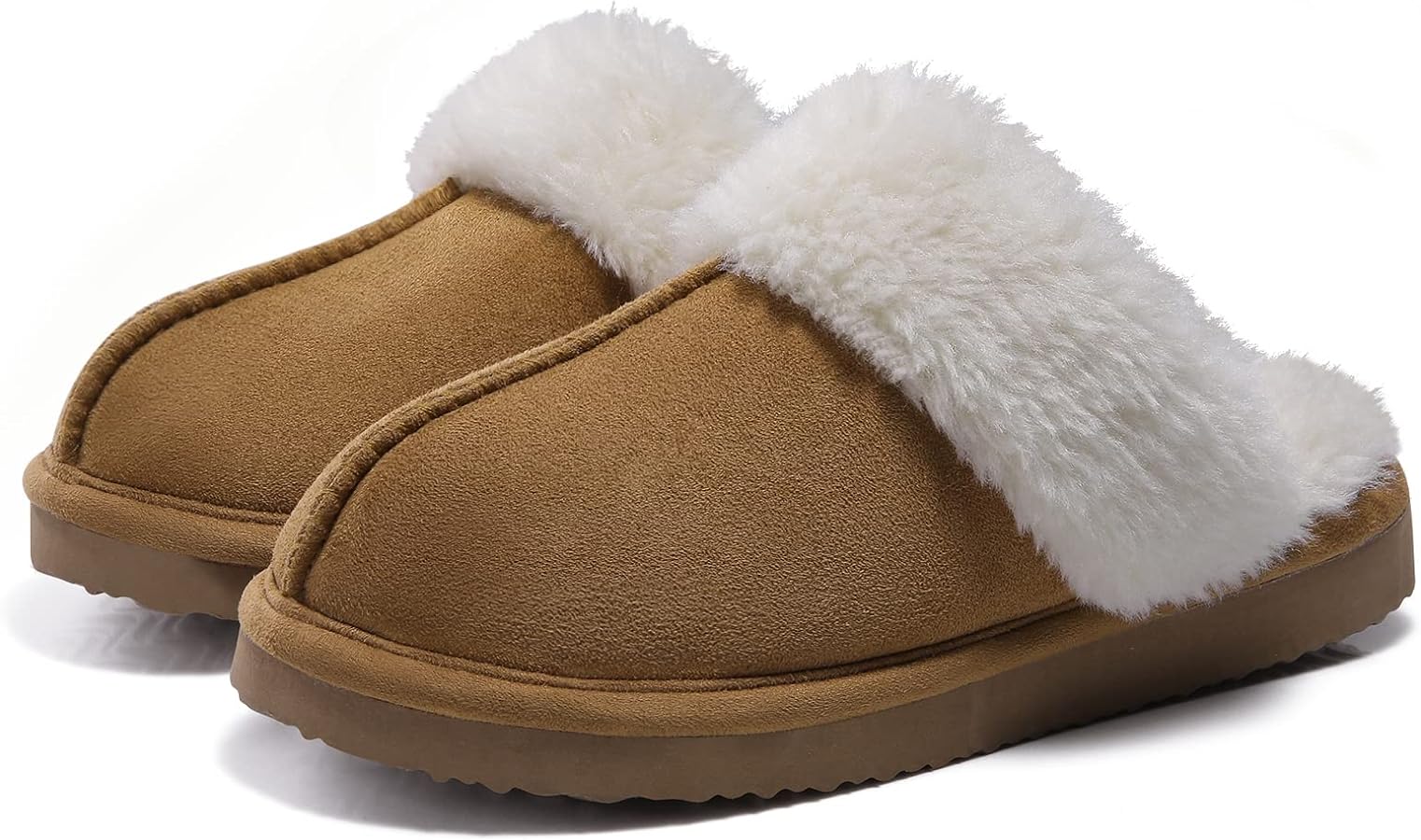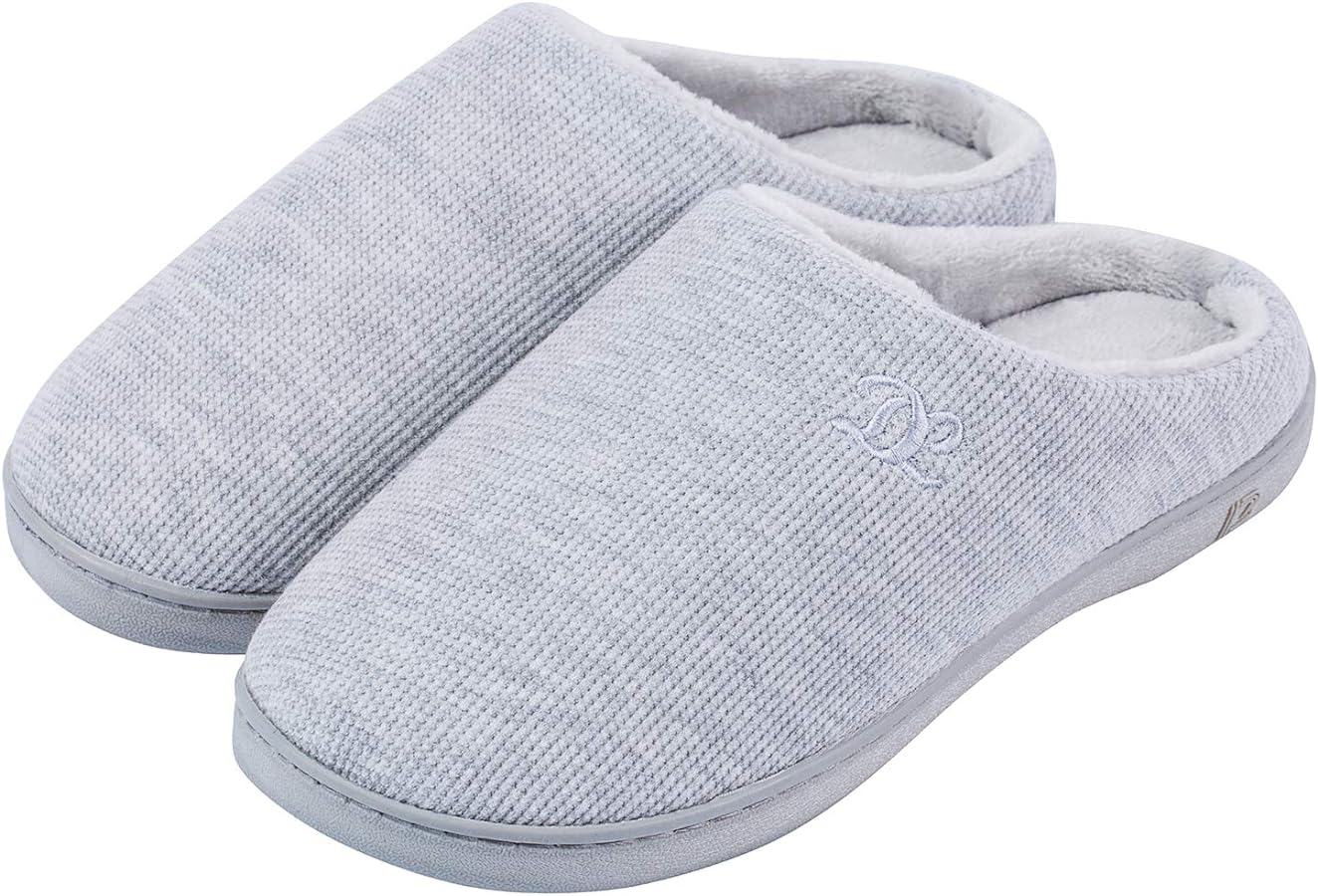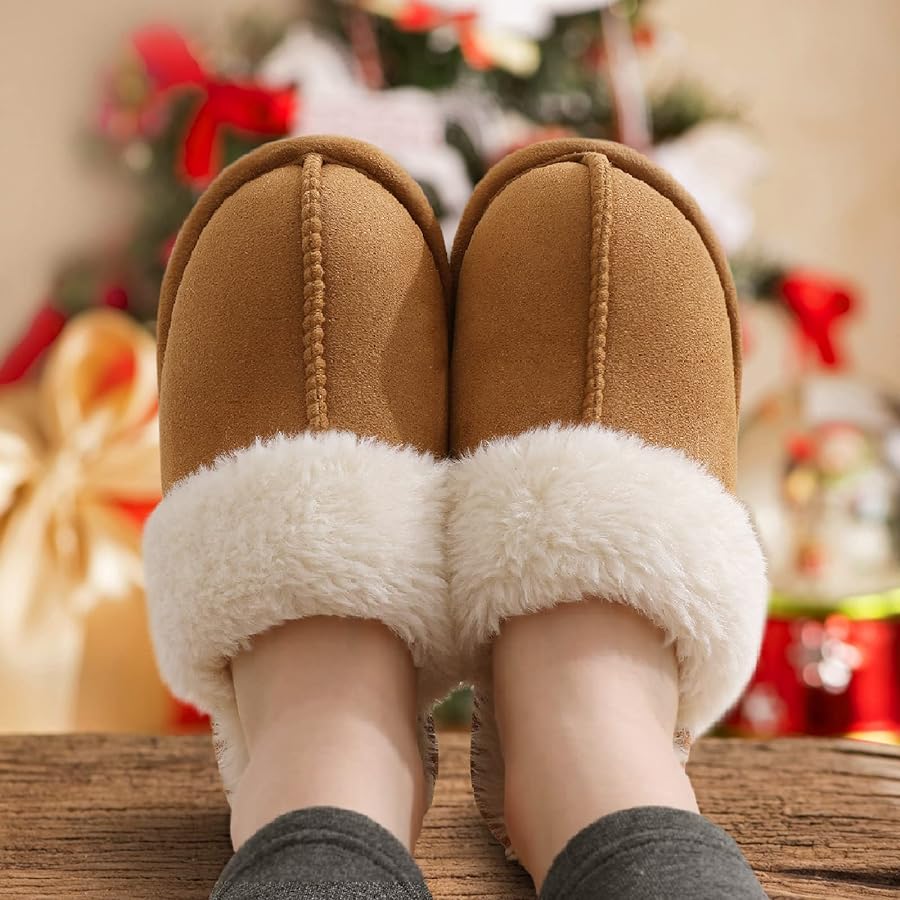Introduction
Memory foam slippers have gained popularity for their comfort and cushioning properties. These slippers are known for contouring to the shape of the foot, offering a personalized fit and excellent support. However, like any product, memory foam slippers have their advantages and disadvantages. In this guide, we will explore the benefits and drawbacks of memory foam slippers to help you make an informed decision about whether they are right for you.

Are memory foam slippers good for you?
I. The Comfort of Memory Foam
-
Cushioning and Pressure Relief:
- Memory foam slippers excel in providing cushioning and pressure relief. The foam contours to the shape of your foot, distributing weight evenly and reducing pressure on sensitive areas. This can be particularly beneficial for individuals with foot conditions, arthritis, or those who spend extended hours on their feet.
-
Enhanced Comfort:
- Memory foam slippers offer a plush and cozy feeling when worn. The softness of the foam helps alleviate foot fatigue and provides additional comfort. The cushioned support can be especially appreciated when walking on hard surfaces such as hardwood or tile floors.
II. Support and Alignment
-
Contoured Arch Support:
- Many memory foam slippers feature contoured arch support, providing improved stability and alignment. This support helps maintain good posture, reduces strain on the arches, and offers relief from foot conditions such as flat feet or plantar fasciitis.
-
Customized Fit:
- Memory foam has the unique property of conforming to the individual shape of the foot. This customization provides excellent support and allows the slippers to mold to your specific foot contours. The personalized fit can contribute to improved comfort and support.

III. Moisture Absorption and Breathability
-
Moisture Absorption:
- Memory foam slippers typically have moisture-absorbing properties. The foam helps wick away moisture, keeping your feet dry and comfortable. This feature is particularly useful for individuals with sweaty feet or those who live in humid climates.
-
Breathability:
- While memory foam slippers do absorb moisture, some models can lack breathability. The dense nature of the foam may limit airflow, leading to potential heat buildup and perspiration. Look for memory foam slippers with breathable materials or ventilation features to mitigate this concern.
IV. Durability and Longevity
-
Compression and Resilience:
- Over time, memory foam can experience compression, leading to reduced cushioning and support. This compression can be accelerated with extensive use or if the slippers are subject to excessive weight or pressure. Some higher-quality memory foam slippers are designed with enhanced resilience to maintain their shape and support for longer.
-
Wear and Tear:
- The materials surrounding the memory foam can impact the durability of the slippers. Pay attention to the quality of stitching, fabric, and sole construction to ensure a longer lifespan. Opt for well-constructed slippers made with durable materials for better longevity.
V. Maintenance and Cleaning
-
Cleaning Challenges:
- One drawback of memory foam slippers is their cleaning process. While some slippers may be machine washable, others may require special care. Always check the manufacturer’s instructions for cleaning and maintenance recommendations. Washing memory foam incorrectly can lead to degradation or loss of support.
-
Odor Retention:
- In some cases, memory foam slippers can retain odors, particularly if they are not allowed to properly dry. It is important to maintain good hygiene practices, such as wearing socks or using odor-reducing products, to mitigate any potential odor issues.

VI. Individual Preferences and Sensitivities
-
Personal Preference:
- Comfort is a subjective experience, and some individuals may not find memory foam slippers to their liking. Factors such as personal preferences for firmer support, different materials, or specific styles can influence the suitability and satisfaction with memory foam slippers.
-
Allergies or Sensitivities:
- In rare cases, individuals may experience allergies or sensitivities to the materials used in memory foam slippers. If you have known sensitivities, it is important to check the composition of the slippers and ensure they are free from any potential allergens.
VII. Considerations for Usage
-
Intended Purpose:
- Reflect on the intended use of the slippers. While memory foam is comfortable and supportive, it may not offer the same durability or protection as other types of footwear. Consider the setting and activities you plan to engage in while wearing the slippers to determine their suitability.
-
Supplemental Use:
- Memory foam slippers are primarily designed for indoor use or light activity. If you require footwear for outdoor ventures or more rigorous activities, consider alternative options, such as sneakers or orthopedic shoes, that are specifically built for those purposes.

IX. Alternatives to Memory Foam Slippers
-
Orthopedic Slippers:
- If you require additional support for foot conditions or have specific orthopedic needs, consider orthopedic slippers. These slippers are designed with features like arch support, cushioning, and orthotic compatibility to provide tailored comfort and alleviate foot discomfort.
-
Wool or Fleece Slippers:
- Wool or fleece slippers offer warmth, moisture-wicking properties, and breathability. These natural fibers provide insulation while allowing airflow, keeping your feet cozy and dry. They are a great option for colder climates or individuals who tend to have cold feet.
-
Gel-Infused Slippers:
- Gel-infused slippers utilize gel technology to provide cushioning and support. The gel inserts offer excellent shock absorption, providing relief for tired or achy feet. Gel slippers can be an alternative for individuals who may find memory foam too soft or lacking in support.
-
Supportive Slipper Brands:
- Look for renowned slipper brands that prioritize both comfort and support. These brands focus on utilizing high-quality materials, ergonomic design, and technologies that enhance foot health and overall well-being.

VIII. Conclusion
Memory foam slippers offer a combination of comfort, support, and cushioning that can be beneficial for many individuals. The contouring properties, customized fit, and pressure relief make them a popular choice for those seeking relief from foot conditions or enhanced comfort. However, it is important to consider the downsides, such as potential reduced breathability and cleaning challenges.
Ultimately, the suitability of memory foam slippers depends on personal preferences, specific foot needs, and the intended use. Understanding the benefits and drawbacks outlined in this guide will empower you to make an informed decision about whether memory foam slippers are a good fit for you.

